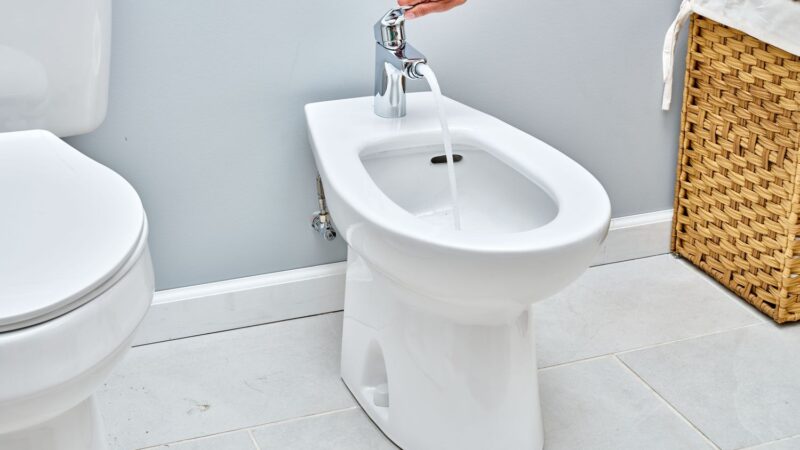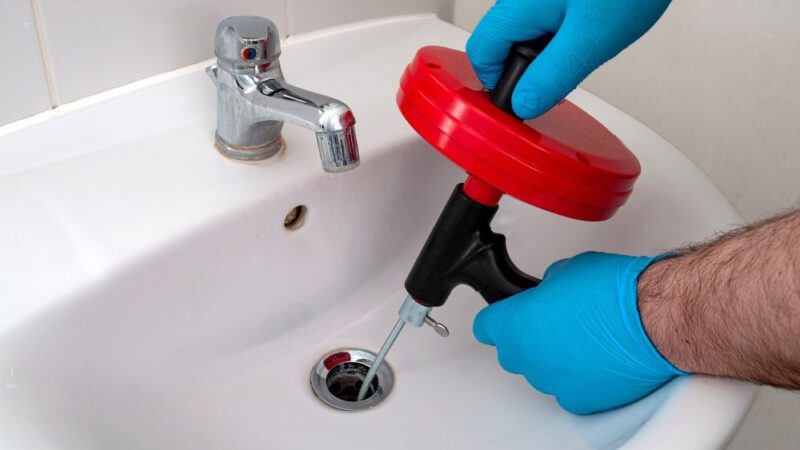When it comes to getting a new window installation or a window replacement for your home or business, there are numerous choices available today. Two popular styles are double hung windows and casement windows.
While they have a similar look, they both have their pros and cons concerning functionality, use and maintenance. Here’s what you need to know before committing to getting new windows.
Double Hung Window Installation
Double hung windows slide vertically inside of a frame, and people love these because many models allow both the upper and lower sashes to be moved up and down. Some will also tilt, which allows for super-easy cleaning of exterior panes from inside the structure.
One drawback to double hung windows is that they often feature a centrally placed horizontal bar and outside screens that can impede your view. However, these windows are an overall good choice for all-purpose windows.
Pros and Cons of Casement Windows
Before having a window installation, you might want to know the perks of having casement windows put in. These windows utilize a cranking system that allows for opening with a singular hand, and the crank folds down to become nearly invisible when not in use.
Casement windows open up to a nice 90-degree angle that lets you clean the windows inside and out with ease.
Casement windows have an indoor screen, and many manufacturers are offering special screen options such as color matching—even wood grain patterns—that make the screens appear as natural as possible.
Those seeking a more unobstructed view will appreciate that casement windows lack the horizontal bar that can impede sight line from the indoors. However, home and business owner can expect to pay a premium rate for these top of the line windows.







